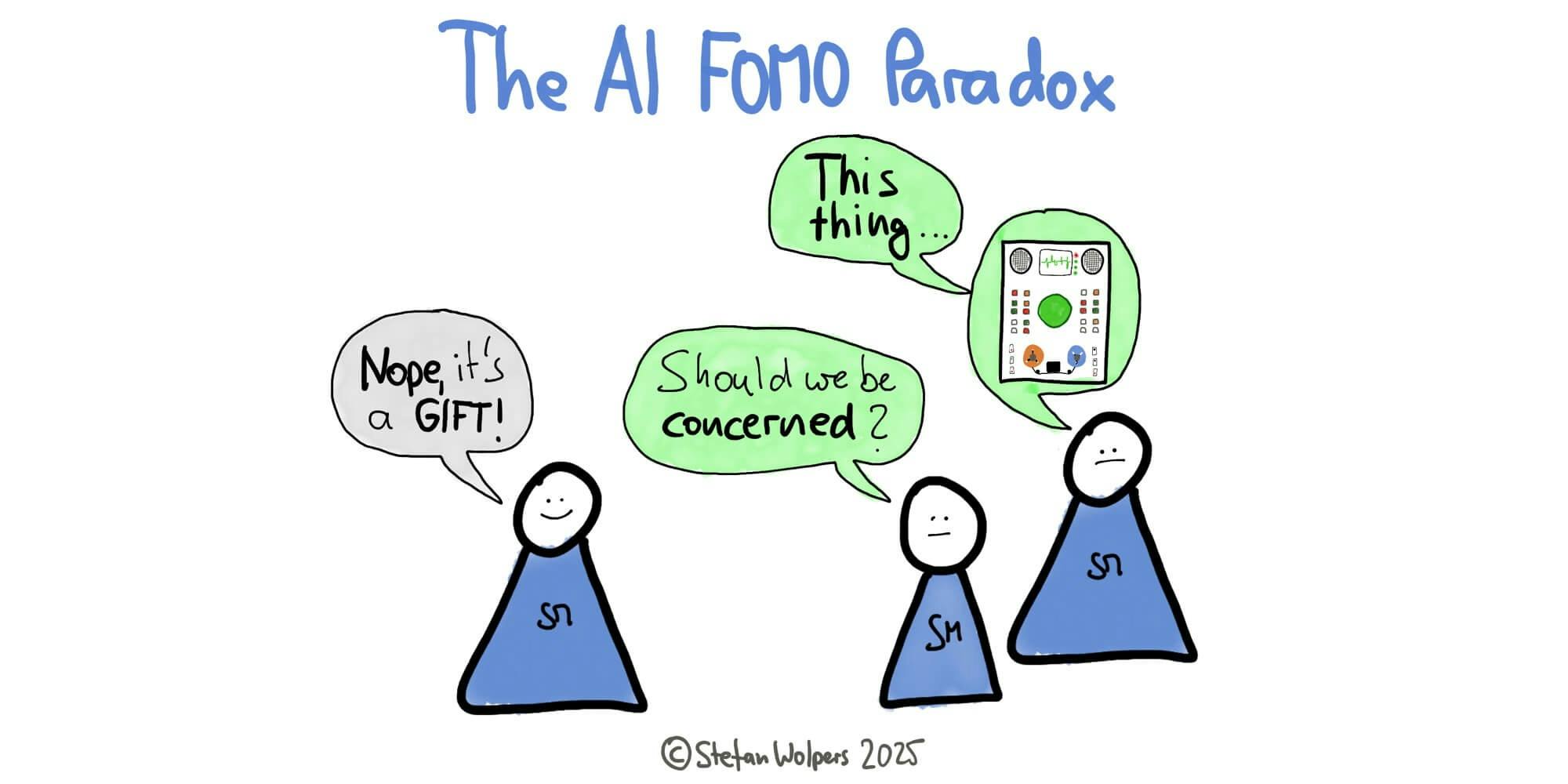In 2006, Philip Jenkins, a professor of history and religious studies at Pennsylvania State University, made a bold prediction: by 2050, Africa would become the “most Christian continent” in the world. Nearly two decades later, nowhere is this prediction more evident than in Nigeria, the continent’s most populous country. Between 2010 and 2020, the number of Christians in the country increased from about 73 million to 92 million, according to data from the Pew Research Center. In 2024, Nigeria was home to over 105 million Christians, over 45% of the country’s population.
Religious faith remains central to both personal identity and national discourse in Nigeria. On social media and in everyday life, the appearance or substance of faith is lived and debated to varying degrees of intensity. But what has made the relentless spread of Christianity remarkable in the last decade is how it’s spread and practised today: searched, shared, and streamed online.
From pulpit to plasma screen
The relationship between Christianity and technology is not new. Radio and television, long before the internet, were instrumental in moving Nigerian churches beyond the physical limitations of the pulpit. These were the early instruments of mass evangelism, often modelled after Western templates. Broadcasts featured sermons, music, prayers, and calls to conversion.
By the late 1990s and early 2000s, television networks dedicated to Christian programming began gaining popularity. Channels like Dove TV (affiliated with the Redeemed Christian Church of God), Emmanuel TV (founded by the late Prophet T.B. Joshua, one of the most-watched in the early 2000s), and ACNN (Anglican Cable Network Nigeria) became major platforms for televangelism, reaching millions of viewers across Nigeria and beyond. These networks marked a turning point for churches who moved from paying for time slots to air their programs to 24/7 broadcasting on their own platforms.
Through the 2000s, as internet and mobile phone penetration spread in Nigeria, and more people turned to their phones for entertainment, so did they, too, for spiritual upliftment. Religious institutions and churches responded accordingly. They began adopting platforms like Facebook and YouTube to spread word about church events, conduct devotional, livestream programs, or build larger communities unlimited by geography.
The COVID-19 pandemic served as another inflection point. With lockdowns restricting in-person gatherings, churches faced a dilemma at a time where people perhaps needed the church the most. In response, the Christian Association of Nigeria (CAN), a Christian non-denominational umbrella organisation, issued a directive encouraging churches to move their worship services online. Though some resisted, sceptical of the secularisation of something sacred, many obeyed, and a new digital ecosystem of religious activities was born almost overnight.
For Pentecostal churches that had already begun exploring digital tools, such as projectors to display scriptures during sermons, the transition was smoother. However, for African Independent Churches (AICs), often less resourced and more anchored in a more indigenous approach than the Western one, the shift was jarring. A 2022 research paper described how economic constraints meant most AIC branches could not afford the infrastructure to stream services. As a result, members were directed to connect with the national headquarters via Facebook, YouTube, or WhatsApp.
NSPPD and the new wave
Out of this period emerged one of the most notable success stories of religious streaming in Nigeria: New Season Prophetic Prayers and Declarations (NSPPD), a livestreamed daily prayer session led by Pastor Jerry Eze.
What began in 2020 as a pandemic-era adaptation has become a global spiritual movement. Every morning at 7am, millions of worshippers from across Nigeria and the diaspora tune in via Facebook and YouTube.
The online session, according to Premium Times, has over 1 million daily streams and has become emblematic of a broader transformation in how Nigerians connect and exercise their faith. “It’s about what God is doing in this generation, using technology to shake the nations,” said John Ogoh, a NSPPD minister.
Shake the nations it did, so much so that five years later, the livestreams and online prayer and worship services have only continued to bloom.
Why people still stream services after lockdown
Today, many Nigerians engage with their faith communities online, not because they must, but because they prefer to. Additionally, a young demographic of tech savvy worshippers continue to make this possible.
Tomiwa Akanbi, who leads live streaming at Mountain of Fire Ministries (MFM) Magodo Youth Church, Region 28, says, “We have different parts in our Broadcasting department: Bible verse projection, audio monitoring department, videographers for the livestream, and video mixer. Some individuals liaise with our design team to get flyers and graphic media, some send recordings to our videography team.”
These coordinated efforts behind the scenes make service streaming possible and appealing.
The flexibility of being able to worship from home or revisit sermons on demand makes services more flexible in a fast-paced environment. Younger, tech-savvy demographics, especially Gen Z and millennials, gravitate toward multimedia worship.
“I got familiar with it [streaming services] because it gave me more time to attend to other important things like work,” says Lagos-based Public Relations Consultant Victor Ilo. A Deeper Christian Life Ministry member, Ilo attended a few physical services after the lockdown was lifted but eventually found himself participating more frequently online. “The local churches stream the headquarters pastors’ message once a month; meanwhile, when I stream, I can hear the message every Sunday,” Ilo explains.
For worshippers like Ilo, streaming offers its own set of gains. Services are no longer events constrained by geography or time. Anyone with a smartphone and an internet connection can now engage in worship, Bible study, or fellowship at their convenience and hear directly from the source.
Thanks to platform diversity, believers can now engage across denominational lines, sampling sermons and liturgies with unprecedented freedom. The result is a more dynamic experience that wasn’t possible in the traditional church setup.
“This year, I wanted to get back into going to church physically. I thought to look for a church close to me, so I attend The Covenant Nation (TCN), but still stream services from Deeper Life’s headquarters,” Ilo says.
For others like Monalisa Jideofor, streaming isn’t an entirely personal choice. A writer based in Lagos and a member of Salvation Ministries, Jideofor says she prefers attending services in person. However, her branch is a satellite church, where all sermons are streamed live from the headquarters. “They had already been streaming services on social media platforms years before COVID,” she explains. “So I joined the church in 2019 with that format already in place.”
Similar to the pandemic period, hesitation remains in certain quarters. There are church leaders and churchgoers who still argue that digitised church services dilute the essence of worship.
“Watching a pastor on your couch in your pyjamas is not the same,” an Abuja-based preacher Godwin Mba said in an interview with Prime Progress.
Money-making opportunity
For pastors and churches that have embraced digital platforms, the benefits are enormous. Access to a global audience is crucial to traditions where proselytising is a critical component of living the faith. A pastor preaching from a modest Lagos studio can now speak to viewers in Nairobi, New York, and London, all at once.
This expanded reach often translates into influence, visibility, and, in many cases, revenue. YouTube channels attached to prominent Nigerian pastors have become major media properties in their own right. Pastor Jerry Eze’s YouTube presence has reportedly generated over ₦7 billion ($4,375,000) through Super Chats, advertisements, and donations. This new economy of faith also gives rise to speaking engagements, book deals, merchandise, and other monetisable opportunities.
Akanbi says that though his church’s YouTube channel is not yet monetised, he and his team are working towards monetising it.
*Rate used is $1 to ₦1600
Mark your calendars! Moonshot by is back in Lagos on October 15–16! Join Africa’s top founders, creatives & tech leaders for 2 days of keynotes, mixers & future-forward ideas. Early bird tickets now 20% off—don’t snooze! moonshot..com









